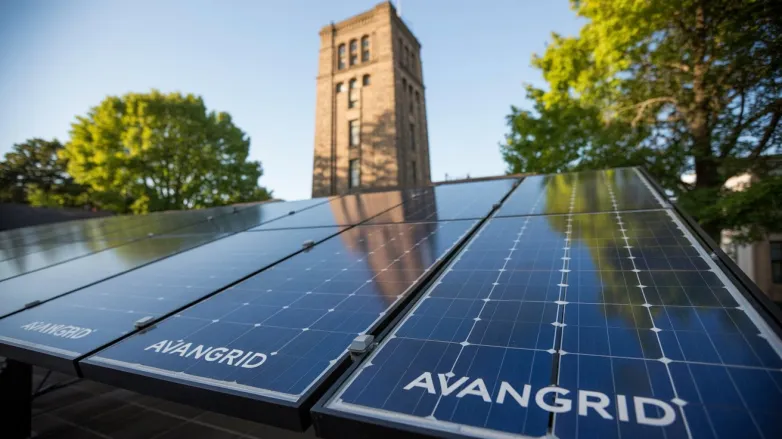Avangrid begins panel installs at Oregon Tower Solar project
- Avangrid has started panel installation at the 120-MWac/166-MWdc Tower Solar project in Oregon, which will support Meta’s local operations once online.

Avangrid has moved the Tower Solar project into a visibly productive phase, starting panel installation at the 120-MWac (166-MWdc) site in Oregon. The milestone signals a smooth handoff from civil works and pile driving into module mounting and electrical fit-out—typically the fastest segment of utility-scale construction when supply chains and crews are well sequenced. Once operational, the plant will support local operations of Meta, extending the tech giant’s use of contracted clean power in the Pacific Northwest.
Technically, Tower Solar follows a modern, grid-friendly blueprint: high-efficiency modules on single-axis trackers, a DC/AC ratio tuned for annual yield rather than brief peak clipping, and plant-level controls that provide voltage support, ride-through, and rapid curtailment response. Those controls are essential in a region where hydro seasonality and growing rooftop PV make flexibility as important as raw megawatts. Expect a staged energization strategy—string inverters and combiner boxes commissioned in blocks—so teams can validate performance while installation continues elsewhere on site.
The construction focus now is cadence. Logistics must keep ahead of racking crews; quality checks need to track torque specs, grounding continuity, and cable management; and safety protocols—particularly lifting and heat-exposure plans—must scale with headcount. Vegetation and dust management matter too, protecting nearby communities during the push to mechanical completion.
Commercially, a blue-chip offtaker like Meta sharpens bankability and lowers financing costs, while preserving options to add storage later. Even if batteries aren’t part of day-one scope, preserving substation space and transformer headroom is now a default design choice, allowing future retrofits to shift midday generation into evening peaks and capture ancillary-service revenues.
For the host community, the benefits are straightforward: construction jobs, local procurement, and long-term tax revenue. For the grid operator, Tower Solar’s daytime output—paired with responsive controls—adds a stable block of clean energy that helps dampen volatility and reduces reliance on peaking resources.
If installation stays on schedule, the project should move quickly from module mounting to DC testing, backfeed, and full commissioning—another Oregon solar site progressing from plans on paper to electrons on the wire.
Also read

